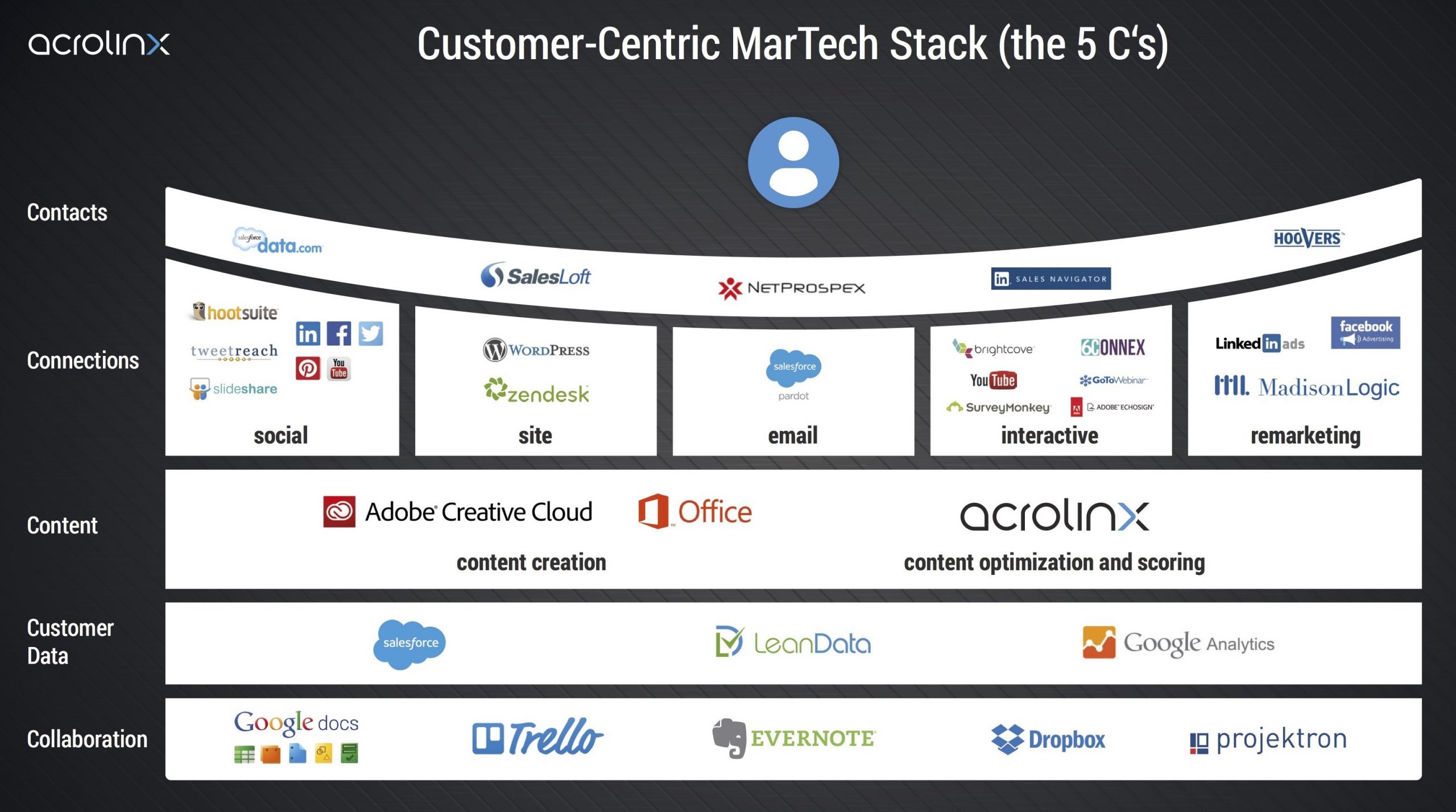Selecting and Implementing Marketing Technology Stacks for Insurance Professionals
Introduction
Insurance professionals face a rapidly evolving landscape where technology plays a crucial role in enhancing customer experiences, streamlining operations, and driving growth. A well-designed marketing technology stack is essential for achieving these goals. Here's a guide on selecting and implementing the right marketing technology stack for insurance professionals.
Key Components of a Marketing Technology Stack
- Customer Relationship Management (CRM): Centralizes client data, tracks interactions, and enables personalized outreach.
- Marketing Automation: Automates email campaigns, lead nurturing, and renewal reminders to save time and improve conversion rates.
- Predictive Analytics: Uses historical and real-time data to forecast customer behavior, identify cross-sell opportunities, and reduce churn.
- Mobile Apps: Provide on-the-go access for both agents and customers, from policy quotes to claims updates.
- Social Platforms: Amplify brand visibility, engage prospects, and collect feedback to inform marketing strategies.
Tips for Selecting the Right Technology Stack
- Start with Business Goals: Align technology choices with your business objectives to ensure relevance and effectiveness.
- Prioritize Integration: Ensure that all components of your tech stack can integrate seamlessly to avoid data silos and enhance workflow efficiency.
- Balance Specialization and Generalization: Choose tools that specialize in specific tasks while also considering general-purpose platforms for flexibility.
- Consider Future Needs: Select technologies that can adapt to future market changes and regulatory requirements.
- Evaluate Total Cost of Ownership: Assess not just the initial cost but also ongoing expenses, maintenance, and potential ROI.
Implementation Strategies
- Phased Rollout: Begin with non-critical functions to minimize disruption and allow staff to adapt gradually.
- Cross-Functional Team Involvement: Engage teams early in the process to ensure smooth integration and adoption.
- Thorough Training: Invest in comprehensive training to maximize the benefits of new technologies.
- Document Integration Steps: Keep detailed records of integration processes and test data flows extensively before going live.
Future-Proofing Your Tech Stack
- Modular Architecture: Adopt a modular architecture that allows for real-time customization and extension of systems.
- Flexibility and Scalability: Ensure that your tech stack can scale with your business and adapt to changing market conditions.
By following these guidelines, insurance professionals can build a robust marketing technology stack that enhances customer experiences, improves operational efficiency, and drives business growth.





-png.png?width=650&name=Banner%20Ad%20Sizes%20(1)-png.png)